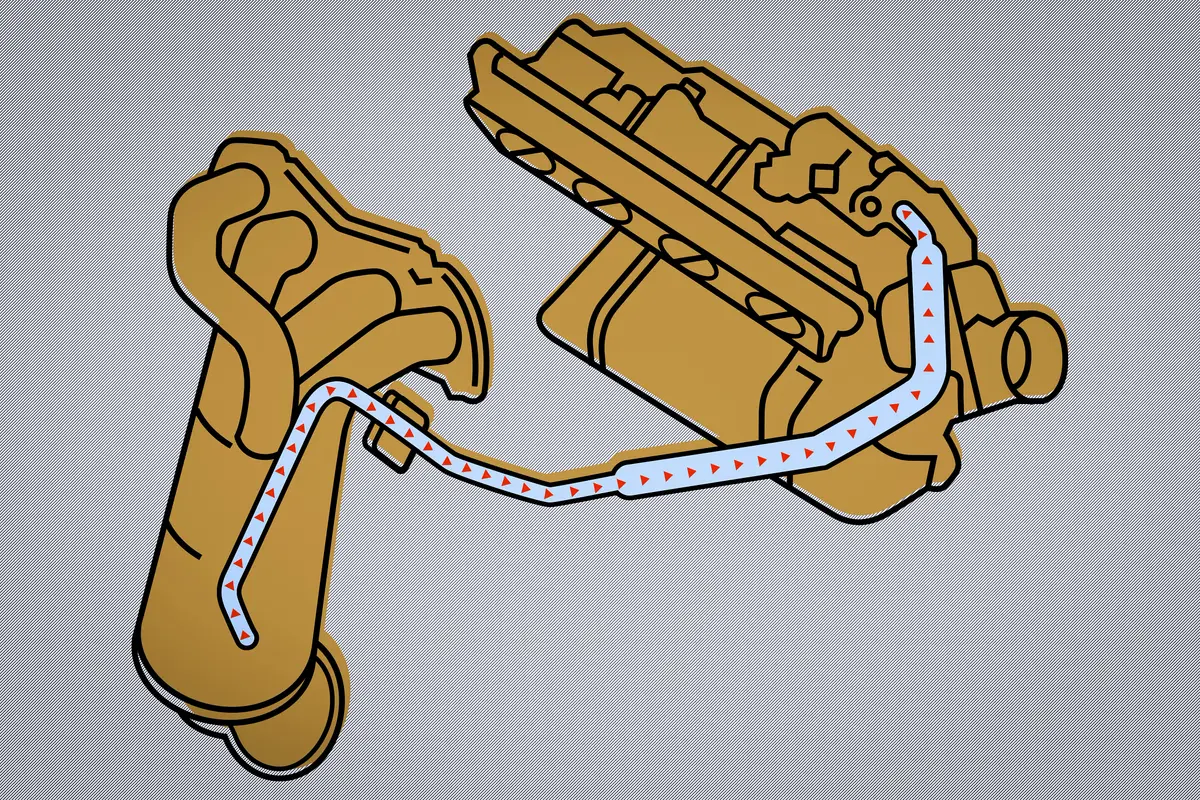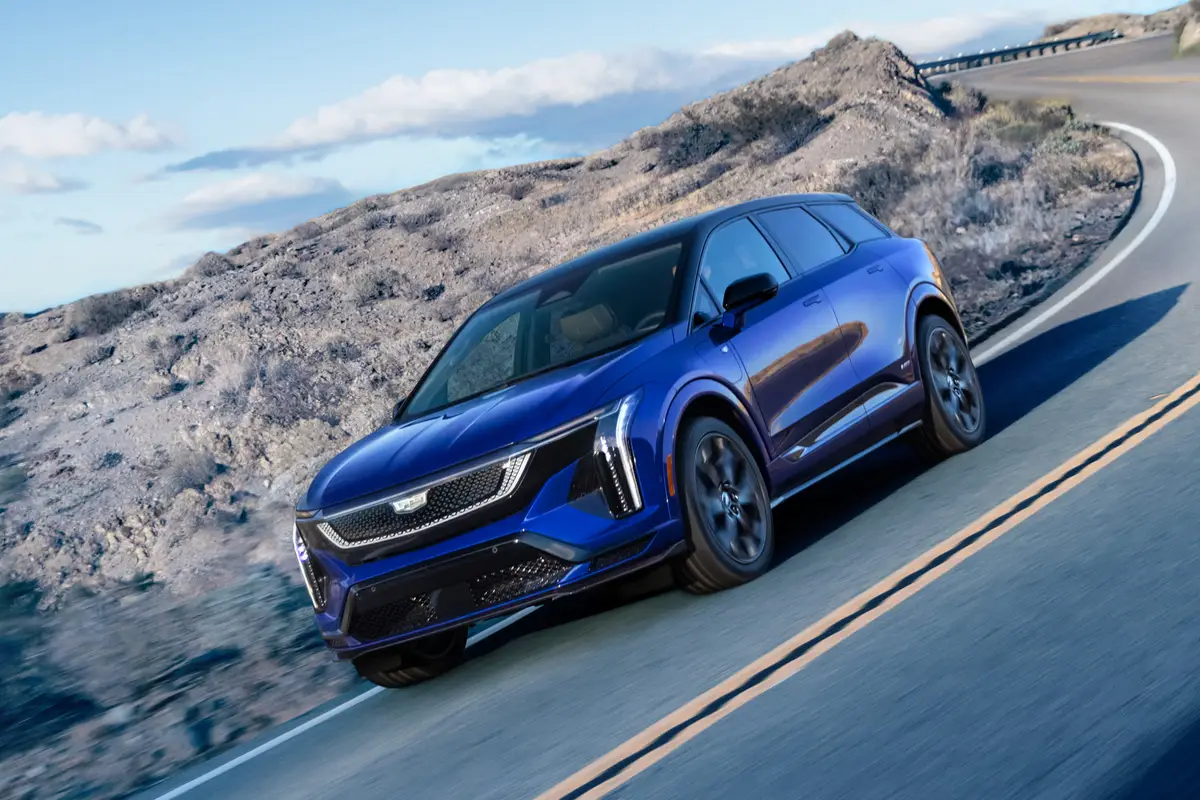Star-Telegram.com's view
Boys will be boys, and they will always need their toys.
That’s the theory, anyway, behind the 2008 HHR Super Sport or SS, a special performance-oriented version of the retro-styled compact wagon from Chevrolet.
Yet another vehicle in Chevy’s recent parade of SS models, the HHR is meant for those who want more excitement in a vehicle than what the base model can provide.
By General Motors’ own admission, though, the days of the SS cars might be numbered. The recent U.S. energy bill mandating an increase of automakers’ corporate average fuel-economy ratings to 35 miles per gallon by 2020 eventually will severely limit GM and other manufacturers’ ability to produce high-performance vehicles, said Bob Lutz, GM’s vice chairman for global product development.
“This will be a collector car in a few years, because the 35 miles per gallon will kill it,” he said during a recent media ride-and-drive program for the car, whose combined city/highway mileage is about 26 mpg.
Not that the HHR SS is all that much of a high-performance vehicle, though. Using a turbocharged version of the 2.0-liter four-cylinder engine found in a number of other GM vehicles, the HHR Super Sport offers 260 horsepower and 260 foot-pounds of torque when connected to the standard five-speed manual gearbox.
But that drops to just 235 horsepower and 223 foot-pounds of torque when connected to the optional four-speed automatic transmission. Because GM has no automatic transmission capable of handling the torque of the higher-output version of this engine, HHRs equipped with the automatic had to be de-tuned to the lower horsepower, Lutz said.
The company decided that it would be too expensive and not worth the effort to beef up the automatic to handle the higher power level, he said.
Granted, either horsepower rating is considerably higher than the 143 of the base HHR with a normally aspirated 2.2-liter four-cylinder, or the 2.4-liter four in the midlevel model, rated at 172 horsepower.
But among compact crossover utility vehicles, the HHR SS isn’t quite as powerful as the normally aspirated V-6 version of the Toyota RAV4, for instance, which boasts 269 horsepower even with its automatic transmission. And the similarly priced Mitsubishi Outlander with the optional V-6 is rated at 220 horsepower.
During the media ride-and-drive program, GM engineers conceded that the automaker already has heard some criticism that the HHR isn’t powerful enough to carry the Super Sport designation, once reserved for Chevy muscle cars that often ruled on the street and at the track.
Still, for fans of the HHR’s great styling – resembling a 1940s-vintage Chevy panel truck or early Suburban – the SS upgrade offers considerably more driving fun.
Mitsubishi, though, is bringing its latest version of the compact Lancer Evolution performance sedan to market now, just as the higher-powered HHR arrives. The 2008 Lancer Evo, also with a 2.0-liter turbocharged four-cylinder, cranks out a whopping 291 horsepower and 300 foot-pounds of torque, connected to either a five-speed manual or a new high-tech six-speed automatic gearbox.
There is a big price difference, though. The HHR SS carries a base price of $22,995, including freight, compared with $30,000-plus for the Lancer, which comes with all-wheel drive. The HHR has the same front-wheel-drive configuration of the base model.
The HHR is designed to show that GM can still build excitement in its vehicles, Lutz said.
“In the ’50s and ’60s, GM was viewed as the dominant automaker in size and performance,” he said. “But somehow we lost the recipe. Now we’re focused on bringing that back. We’re not aiming at the competition – we’re aiming beyond the competition.”
To underscore that, he said the redesigned 2008 Chevy Malibu sedan turned out better than the next-generation Honda Accord, which also debuted for ’08.
As for the special HHR model, it fulfills GM’s requirements for a vehicle carrying the Super Sport designation, Lutz said.
“We’re careful what we put the SS badge on,” he said. “It must turn, go and stop substantially better than the base stock model.”
To that end, the manual-transmission HHR SS can go from zero to 60 mph in just 6.3 seconds, and has more power than the base Chevy Corvettes had before 1992, Lutz said.
Other performance improvements, besides the extra power, include a sport-tuned suspension with heavier stabilizer bars, four-wheel antilock disc brakes, and tighter, more-responsive steering. “We’re redone almost everything on the suspension,” he said.
The SS differs from the other HHR models in both its exterior and interior styling as well, Lutz said.
Outside, it has unique front upper and lower grilles, painted black with body-color trim; revised fascias; 18-inch polished wheels with Michelin 225/45-18 all-season tires; new rocker panels that are extended and more curved than those on the regular HHR; and a rear spoiler.
The regular model’s chrome door handles have been replaced by body-color handles, and the rear “bumperettes” of the other models were left off of the HHR, Lutz said.
Inside, the power-window switches were moved from the center console to the doors, a change that also will appear on the regular 2009 HHR models, Lutz said.
There are a unique new instrument cluster, a “performance” driver’s seatback, and the option of a no-charge upgrade to a full performance-style driver’s seat, he added.
The speedometer reads up to 140 mph, but the manual-transmission HHR SS actually can go slightly faster than 150 mph, Lutz said. The automatic, though, is electronically governed to a top speed of 130.
Interior colors include ebony on ebony, light gray, and red with ebony inserts.
The SS comes with three driver-selectable modes for the electronic handling and stability control system – off, normal and competitive.
The manual gearbox comes with a special “no-lift shift” feature that lets the driver depress the clutch and shift into higher gears without letting up on the accelerator.
That allows the car to maintain its momentum through the shift, but it’s a difficult concept for a driver to grasp, Lutz said.
“I tried, but I just couldn’t bring myself to do it (leave the accelerator pushed in during shifting),” he said.
Improved braking is among the SS model’s changes, but even better Brembo brakes will be available early next year for those who want even more stopping power, said Ken Wasmer, Chevy’s SS engineering manager.
The manual gearbox came from GM’s Swedish powertrain division, and the HHR SS sport suspension was tuned at Germany’s famous Nurburgring racetrack, the automaker said.
Outside and in, the car has special SS badging.
GM has not said how many of the SS model it expects to sell, but Wasmer said there really is no limit to how many the company can build in relation to overall HHR production.
“It’s not intended to be a limited-production vehicle,” he said. “Anyone who wants one will be able to get it.”
A significant number of pre-orders already are in hand, GM said. Production began in December at the HHR plant in Mexico, and the cars are arriving at dealerships now, the company said.
Base versions of the 2008 HHR range from $16,250 to $19,950, and have EPA ratings of as high as 22 city/30 highway – just marginally better than the numbers for the SS.
Besides the five-passenger HHR wagon models, including the SS, there also is a new panel-truck version that made its debut for 2007. It’s designed for business applications or for enthusiasts who like the panel-truck body style and don’t need the rear passenger seat. That model has no side windows, and no exterior handles for the rear side doors.
The automotive columns of G. Chambers Williams III have appeared regularly in the Star-Telegram since 1995. Contact him at chambers@star-telegram.com.
Latest news



